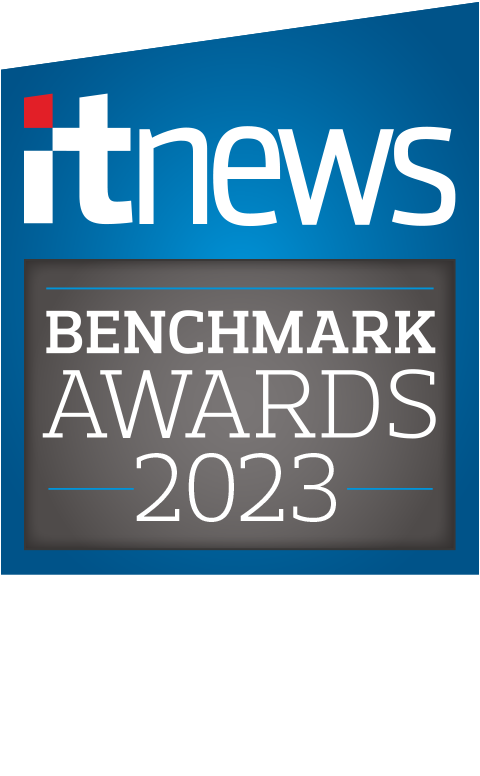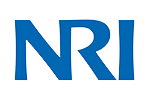Technology has transformed the way organisations interact with customers, but whether customers have responded positively, or at all, is another story.
Customer engagement has been particularly tricky for utilities, considering that in the past, many people didn’t give their service much thought after signing up – except to pay bills.
This was true of AGL customers. “A lot of our customers don’t engage,” says Glenn Waterson, general manager of customer market operations at AGL.
So when AGL set a goal of halving the number of external complaints it received, it also looked at how it was engaging with its customers.
“We’ve had a customer experience story for a number of years, but we recognised that if we were going to make this successful we had to make it really easy,” Waterson says.
Rather than forcing a marketing-driven story on uninterested customers, AGL’s strategy shifted to winning them over with relevant, data-driven services.
AGL put in place self-service experiences and expanded its usage of data-driven technologies, such as artificial intelligence. The company also invested heavily to expose core systems with APIs and an authentication framework.
All this has occurred against the backdrop of a $300 million digital transformation which has accelerated AGL’s cloud migration and plans to move all but the most sensitive applications to the Microsoft Azure cloud by 2022. The company is in the midst of this work.
AGL’s strategy is to use similar approaches at every touchpoint in the customer relationship, Waterson says – engaging with customers more frequently and more appropriately, and enabling them to complete more enquiries online.
He says the company is “using a lot of our modelling data to be a lot more proactive in how we engage with customers.”
The company can, for example, identify customers who may be showing early signs of financial hardship – and use targeted communications to help educate those customers about their options before their accounts end up as bad debts.
Hundreds of thousands of AGL customers have lodged self-service meter reads, tapped its Energy Insights program for energy usage reports, and used a ‘One Minute Move’ tool that simplifies moving services between properties.
AGL is on track to cut customer complaints in half a year earlier than expected. Waterson says “we have absolutely seen a dramatic reduction in [customer] contacts and complaints to third parties.”
That is happening as utilities evolve from old models based primarily around prices – with little customer engagement – to growth strategies built on multi-channel retailing to maintain personalised customer relationships.
“To make sure they are engaging,” says Waterson, “we are treating them in a way that they see we are managing their concerns – and making contact in a way that is friendly, and building trust.”
Listening and responding at scale
Ask Maree Mamo, a partner in the KPMG Digital Delta transformation practice, about marketing and she’ll tell you she prefers the term ‘engagement’.
“It’s not about ‘how do I sell you my product?’, but about the adaptiveness to say ‘how do I understand and interpret your needs to then quickly respond with relevance, be it product or service related?” Mamo says.
This requires personalisation and empathy, which are among the six pillars of customer experience excellence according to KPMG.
Companies that build these and other pillars into their customer engagement strategy are seeing customer rankings 10 per cent to 12 per cent higher than those who have not, according to the KPMG Customer Experience Excellence Report 2020.
But they need to be good at listening to many thousands, or in some cases, millions, of customers.
“Beyond the push and pull, it’s really about shifting to 24/7 listening, interpreting and then engaging – and if you think about the shift in paradigm that’s required to enact that, it’s significant,” Mamo says.
“Therein lies one of the biggest challenges,” she adds, “…being able to design then build the new capability required to be always listening, always observing and taking in behaviour – in order to then respond at speed and at scale, in a personalised way.” She calls this “Engagement 24”.
Organisational change
Modern data infrastructure and analysis tools, including machine learning, have made it possible for companies to ‘listen’ and personalise responses automatically on a large scale.
But organisational structures are often the biggest obstacle to overcome, says Mamo. “The domain of marketing, or of products, sales and operations, can generally be siloed – functional experts in their own space,” she says, “but that is the antithesis of Engagement 24 – which is that ‘I understand my customer end to end, and I listen and respond at the most relevant points along that journey”.
“We’ve got to be listening and responding across the entire journey, not just a sales or service journey – but that then requires us to connect front, middle, and back office in a way that we haven’t done before. And making that shift in mindset is a huge cultural challenge.”
Younger, fully digital companies that have less organisational baggage and may have agile delivery processes could give them an advantage.
“It’s a lot for people to adapt to and get it to work across multiple silos,” Mamo says, “but it’s a necessary one because that’s when you can understand the customer holistically, start to lean out the process, automate the engagement, and get that critical element – which is speed and scale. Whoever can be relevant and personalised will win.”
Shifting playing field
Another factor relevant to customer engagement is Australia’s move towards a consumer data right (CDR) regime.
Open banking has brought the challenges of customer data portability and consistency into stark relief. This hasn’t gone unnoticed by Waterson at AGL – he expects utility providers will face similar challenges as the consumer data right (CDR) is progressively extended across the energy sector.
“There are a lot of questions on the timeframe, compliance, standards and the like, which make it a little hard to plan around,” Waterson says, “but where we’ve had engagement with a really clear mandate, we know that by focusing around a goal and bringing everyone on that vision, it’s a great step.”
“It’s definitely a moment of truth, it’s at a point where trust can be built and recovered – so we see that as an opportunity to regain and improve that.”
In a world of cynical, digitally-savvy people, this requires a very considered approach.













